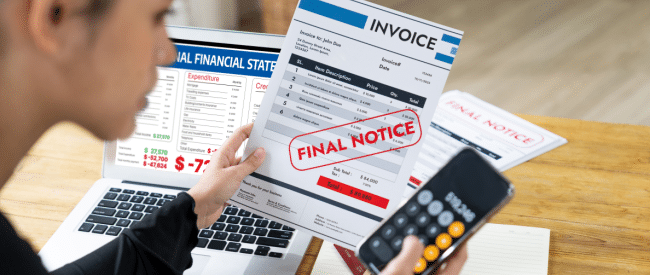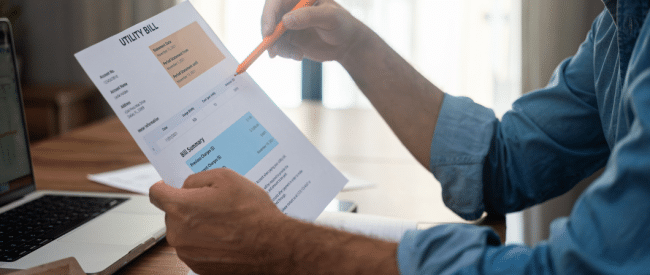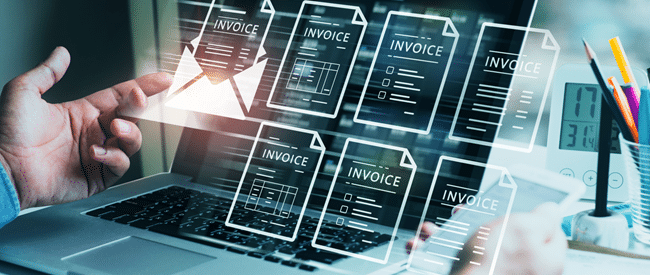More U.S. households are falling behind on their monthly bills, even for such necessities as cars and housing. Given the financial strains facing many of their customers, it is not the time for billers to stand pat.
Instead, auto finance, mortgage servicing, healthcare revenue cycle management and other industries need to leverage strategic communications to mitigate the impact on their revenues and cashflow by strengthening customer engagement and propensity to pay.
Financial struggles
Even as total household debt rose by $184 billion in the first quarter of 2024, according to the latest report from the Federal Reserve Bank of New York, rates of seriously delinquent credit cards and auto loans continued to increase across all age groups. Mortgage delinquencies for one-to-four-unit residential properties more than doubled from 1.4% in the third quarter of 2021 to 3.9% in the first quarter of this year, according to the Mortgage Bankers Association.
The ongoing struggle to make ends meet is leading to serious setbacks for some consumers. Car repossessions are up 23% in the first half of 2024 compared to the same period in 2023 and 14% higher than the first half of 2019, according to data from Cox Automotive’s Manheim Inc., the world’s largest auto auction company.
Step up customer outreach
Given the budget issues facing many consumers which also are reverberating on businesses, billers need to expand customer communications beyond standard statements, payment reminders and late payment notices.
-
Don’t wait until there are late or missed payments to engage customers.
It’s a smart strategy to periodically remind customers that you value their business and are ready to work with them if they run into payment difficulties. In billing statements or separate communications, promote your financial assistance policies, charity care, payment alternatives and refinancing options. Highlight ways to get in touch including toll-free phone numbers and self-service online portals.
My utility bill includes a bolded section: Payment concerns? We are here to help. And it directs consumers to a website “to learn about solutions to help you take control of your energy use and bills.”
And a federal credit union is sending emails to some clients offering to reduce their monthly mortgage payments by hundreds of dollars if the clients refinance for a longer term. This can be just the lifeline that people need to keep their house and cover all their bills. -
Proactively connect with delinquent customers.
From embarrassment, fear, stress, or other reasons, customers who skip payments often fail to contact the companies to which they owe the unpaid bills. Companies should put in place a process that kicks in at the first missed payment, supported by targeted communications, with the goal of helping the consumer get back on track. Those offers could be personalized or created by customer segment based on a set of characteristics. They could include:
• refinancing to a longer term or to a better interest rate due to improved credit, both of which would lower monthly payments
• accepting partial payments for a set period
• for non-installment debt, such as patient bills, offering payment plans and discounts -
Communicate based on preferences.
Customers are quick to understand if they are being treated as individuals or faceless, interchangeable accounts. Companies should take advantage of the full capabilities of their customer communications management (CCM) platforms to cater to each consumer’s delivery preferences.
These days, offering the options of print and mail, email and text messaging is table stakes not only for meeting customer experience expectations in the moment but for developing customer relationships that engender loyalty and repeat business -
Make it fast and easy to pay.
It’s critical to provide digital payment options as consumer use of electronic and mobile channels skyrockets. According to the second half 2023 survey by ACI Speedpay Pulse, the top choices for recurring payments are biller and bank websites, which 56% of consumers cited, followed by mobile options including apps and wallets, named by 28% of consumers.
Just 38% of Millennials and 21% of Gen Z use personal checks while 60% of GenZ don’t even own a check book, according to a 2023 study by FinanceBuzz.
By the way, even for the 65% of Boomers who write checks, paper bills with payment coupons that require scissors to detach and no remittance envelopes do not make for an easy payment experience. -
Expand customer communications beyond billing and payments.
With billing and other transactional communications, companies have a prime conduit for building customer satisfaction and stronger relationships by providing additional, value-added content and offers, especially if they are personalized. How about adding links in mortgage billing statements to brief videos on home maintenance and gardening basics? Or adding handy checklists for annual car maintenance or keeping down utility costs? Healthcare consumers would appreciate learning about virtual and live wellness talks, cancer survivor groups, exercise classes and other resources.
Don’t get carried away
There’s one caveat to launching a more robust customer-focused communications program and proactive outreach to struggling customers. It’s not advisable to flood people’s inboxes, mail boxes or phones with too many messages.
Have you ever agreed to give your email address or mobile number to a company and found yourself the recipient of daily or more frequent emailed and text sales pitches and/or phone calls? These efforts often have the opposite effect intended, pushing people away or triggering them to disconnect entirely.
What’s needed are communications that show a willingness to help people work through their issues as well as treat them as valued customers through personalization and responsiveness.
Contact us for more information.







